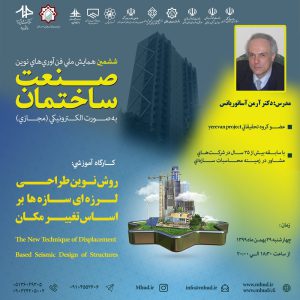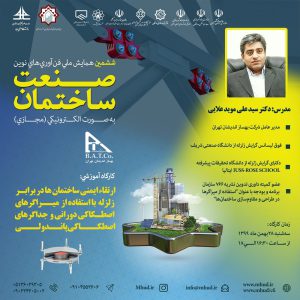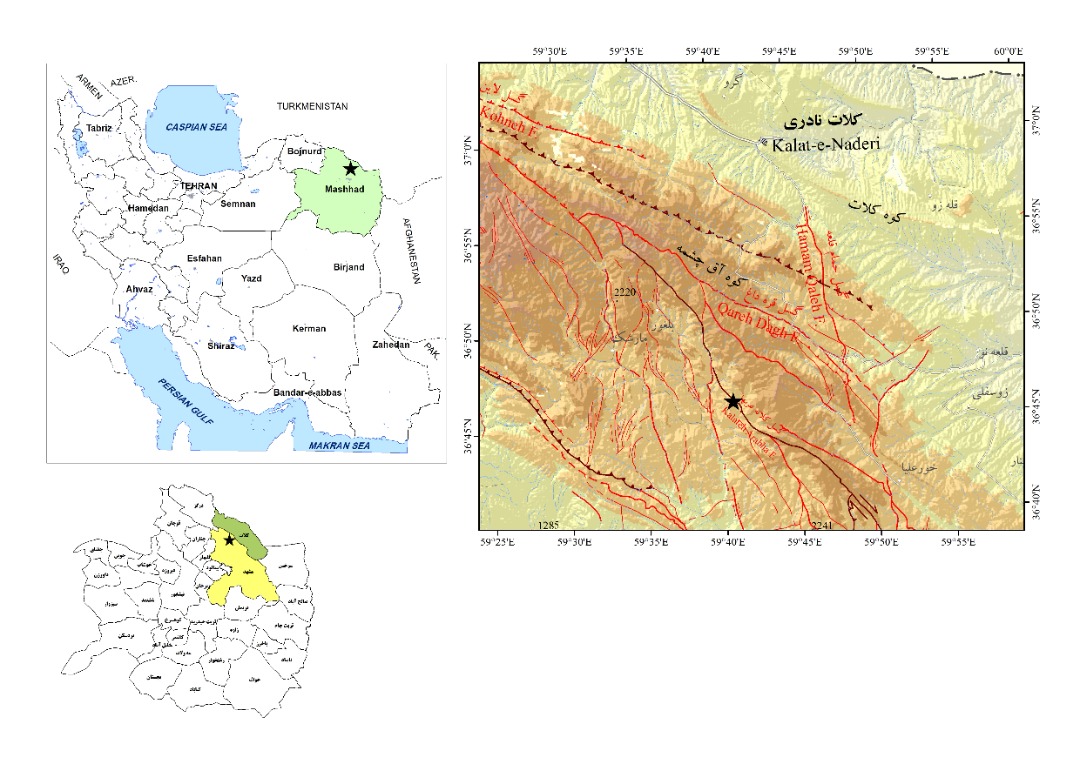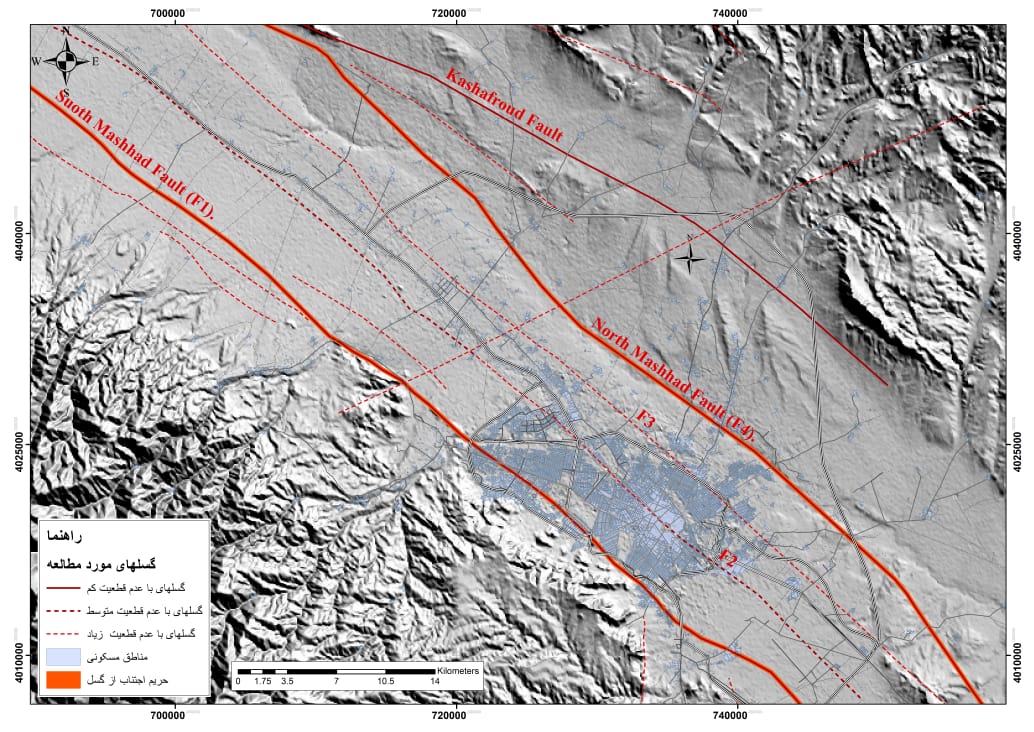Introduction
The introduction of Iran’s location on the Alpine-Himalayan earthquake belt and as one of the earthquake-prone regions of the world and the possibility of destructive earthquakes in all its parts, doubles the emphasis on research, study and examination of seismological sciences in the construction of buildings, roads and bridges and vital arteries. Numerous standards and regulations have been prepared and available in the last thirty years in the field of earthquake engineering and other construction requirements. And in terms of location (next to seismic springs), conducting studies and tests as well as observing special measures are required and emphasized. The Earthquake Department, as one of the pillars of Iran-Zemin Sustainable Building Construction Group, with the ability to provide consulting and design services, and with the aim of establishing a specialized and unique base in the east of the country in the field of earthquakes (seismology and earthquake engineering) in order to provide services to owners, employers and construction industry workers in the field of buildings, bridges, reservoirs and vital arteries, provides services based on the experience of more than two decades of its members. In this collection, there are specialists from the fields of geology, geotechnics, geophysics, soil and water, structure and earthquake engineering.

Mashhad city fault map (southern fault and Tos fault)

The distribution of faults in the northeast of the country
Services
✔ Local study and research and testing with the aim of more precisely identifying seismic springs (faults) adjacent to the site.
✔ Conducting all geotechnical tests, as well as geoelectricity, geomagnetism, and others
✔ Determining the distance of the site to the fault zone and faults in the scope of the plan
✔ Determining the mechanism, activity and movement rate of the adjacent fault
✔ Site risk analysis in order to determine the maximum possible acceleration from the neighboring fault and other faults in the scope of the project.
✔ Preparation of special construction spectrum based on laboratory data of soil mechanics and records of earthquakes recorded in Yarkord located in similar areas.
✔ Production of artificial acceleration mapping for use in linear and non-linear time history analysis of the structure.
✔ Presenting instructions, solutions and special provisions in force in order to choose a structural system according to the conditions near the fault (near field).
✔ Analysis of the structure by the capacity and functional spectrum method.
✔ retrofitting existing buildings (design and execution)
✔ Analyzing and designing the structure with new technology in the field of earthquake engineering and providing a functional-economic justification report.
Department members

Mohammadreza Mehrdost
Master of Earthquake Engineering
Head of the department

Armen Asaturians
PhD in Earthquake Engineering
Department member

Jafar Najafizadeh
Earthquake PhD
Department member

Seyyed Mojtaba Mousavi
Earthquake PhD
————————————————————————————————————————————————————————————————————————————————————————–
List of videos
The new method of seismic design of structures based on location change
Improving the safety of buildings against earthquakes by using rotational friction dampers and pendular friction dampers

The new method of seismic design of structures based on location change

Improving the safety of buildings against earthquakes by using rotational friction dampers and pendular friction dampers


